Welcome
The Bible is at the heart of what it means to be a Christian. It is the Spirit-inspired word of God for us. It reveals to us the God who created, redeemed, and guides us still. It speaks to us personally and as a church. It forms the basis of our public liturgical life and our private prayer lives. It urges us to live worthily and justly, to love tenderly and wholeheartedly, and to be a part of building Gods kingdom here on earth.
Though it was written a long time ago, in the context of a very different culture, the Bible is no relic of the past. Catholic biblical scholarship is among the best in the world, and in our time and place, we have unprecedented access to it. By making use of solid scholarship, we can discover much about the ancient culture and religious practices that shaped those who wrote the various books of the Bible. With these insights, and by praying with the words of Scripture, we allow the words and images to shape us as disciples. By sharing our journey of faithful listening to Gods word with others, we have the opportunity to be stretched in our understanding and to form communities of love and learning. Ultimately, studying and praying with Gods word deepens our relationship with Christ.
Introduction to the Bible
The resource you hold in your hands is divided into six lessons. Each lesson involves personal prayer and study using this book and the experience of group prayer, discussion, and wrap-up lecture.
If you are using this resource in the context of a small group, we suggest that you meet six times, discussing one lesson per meeting. Allow about 90 minutes for the small group gathering. Small groups function best with eight to twelve people to ensure good group dynamics and to allow all to participate as they wish.
Some groups choose to have an initial gathering before their regular sessions begin. This allows an opportunity to meet one another, pass out books, and, if desired, view the optional intro lecture for this study available on the Resources page of the Little Rock Scripture Study website (www.littlerockscripture.org).
Every Bible study group is a little bit different. Some of our groups like to break each lesson up into two weeks of study so they are reading less each week and have more time to discuss the questions together at their weekly gatherings. If your group wishes to do this, simply agree how much of each lesson will be read each week, and only answer the questions that correspond to the material you read. Wrap-up lectures can then be viewed at the end of every other meeting rather than at the end of every meeting. Of course, this will mean that your study will last longer, and your group will meet more times.
WHAT MATERIALS WILL YOU USE?
The materials in this book include:
Commentary by Stephen J. Binz, which has also been published separately as Introduction to the Bible: A Catholic Guide to Studying Scripture (Liturgical Press).
Occasional inserts  highlighting elements of the material being studied.
highlighting elements of the material being studied.
Questions for study, reflection, and discussion at the end of each lesson.
Opening and closing prayers for each lesson, as well as other prayer forms available in the closing pages of the book.
In addition, there are wrap-up lectures available for each lesson. Your group may choose to purchase a DVD containing these lectures or make use of the video lectures available online at no charge. The link to these free lectures is: LittleRockScripture.org/Lectures/Introduction. Of course, if your group has access to qualified speakers, you may choose to have live presentations.
Each person will need a current translation of the Bible. We recommend the Little Rock Catholic Study Bible , which makes use of the New American Bible, Revised Edition. Other translations, such as the New Jerusalem Bible or the New Revised Standard Version: Catholic Edition, would also work well.
HOW WILL YOU USE THESE MATERIALS?
Prepare in advance
Using Lesson One as an example:
Begin with a simple prayer like the one found on page .
Read the assigned material for Lesson One (pages ) so that you are prepared for the weekly small group session.
Answer the questions, Exploring Lesson One, found at the end of the assigned reading, pages .
Use the Closing Prayer on page when you complete your study. This prayer may be used again when you meet with the group.
Meet with your small group
After introductions and greetings, allow time for prayer (about 5 minutes) as you begin the group session. You may use the prayer on page 15 (also used by individuals in their preparation) or use a prayer of your choosing.
Spend about 4550 minutes discussing the responses to the questions that were prepared in advance. You may also develop your discussion further by responding to questions and interests that arise during the discussion and faith-sharing itself.
Close the discussion and faith-sharing with prayer, about 510 minutes. You may use the Closing Prayer at the end of each lesson or one of your choosing at the end of the book. It is important to allow people to pray for personal and community needs and to give thanks for how God is moving in your lives.
Listen to or view the wrap-up lecture associated with each lesson (1520 minutes). You may watch the lecture online, use a DVD, or provide a live lecture by a qualified local speaker. View the lecture together at the end of the session or, if your group runs out of time, you may invite group members to watch the lecture on their own time after the discussion.
A note to individuals
If you are using this resource for individual study, simply move at your own pace. Take as much time as you need to read, study, and pray with the material.
If you would like to share this experience with others, consider inviting a friend or family member to join you for your next study. Even a small group of two or three provides an opportunity for fruitful dialog and faith-sharing!
Preface
During the generations of my parents and grandparents, Catholicism and personal Bible reading were not normally associated with one another. Sure, the Bible was revered; its presence evoked an awe associated with divine holiness. Most Catholic homes had a family Bible, usually with gilt-edged pages and filled with pages of religious art. More often than not, the Bible held an honored place in the family living room, and contained the baptism, marriage, and funeral records of the family. Catholics knew that there were people in the church who studied the Bible; surely the parish pastor had read and understood some of it. But rarely would a lay Catholic ever break the spine of the family Bible and actually begin to read.
Our Protestant neighbors were the ones who read the Bible. In fact, the Bible was at the center of their faith. But Catholics, we had the Mass, the sacraments, the catechism, personal devotions, Mary, and the saints. These were the ways we experienced the presence of God and learned about our religion. What more could we need?
There are lots of historical reasons for this Catholic state of affairs in the middle of the twentieth century. Since the Reformation, the church had an exaggerated fear of private interpretation of the Bible. Couldnt reading ones own Bible lead to all sorts of false understanding? Better to let the church teach us what we needed to know.
But all this started rapidly changing in the 1960s. One of the most significant changes of the Second Vatican Council was the churchs direct encouragement for Catholics to rediscover the Bible. The reformed liturgy contained a wide selection of readings from both the Old and New Testaments. The church placed Sacred Scripture at the heart of liturgical preaching, religious education, and personal devotions. Catholics began to be exposed to biblical texts that they had never heard, and many started reading the Bible like never before.




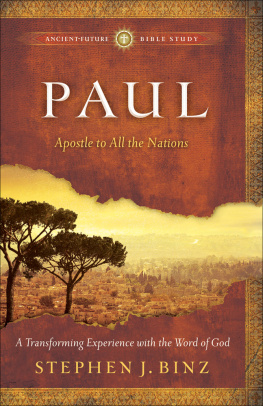
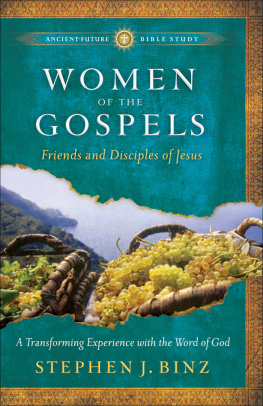
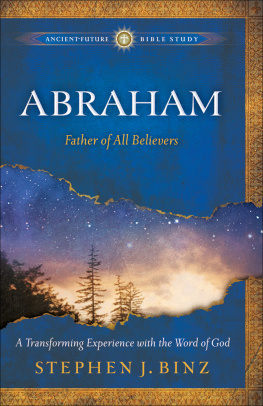
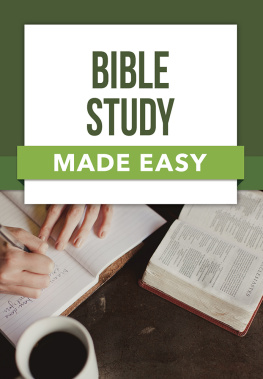


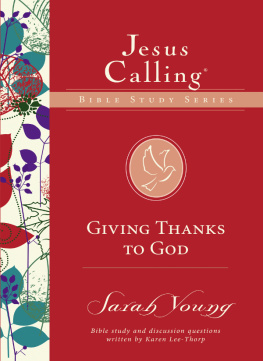
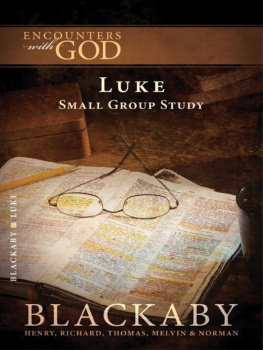



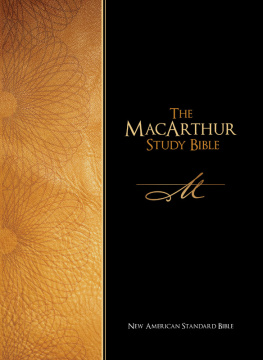
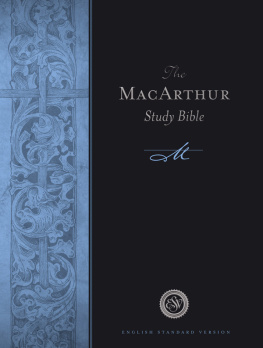

 highlighting elements of the material being studied.
highlighting elements of the material being studied.